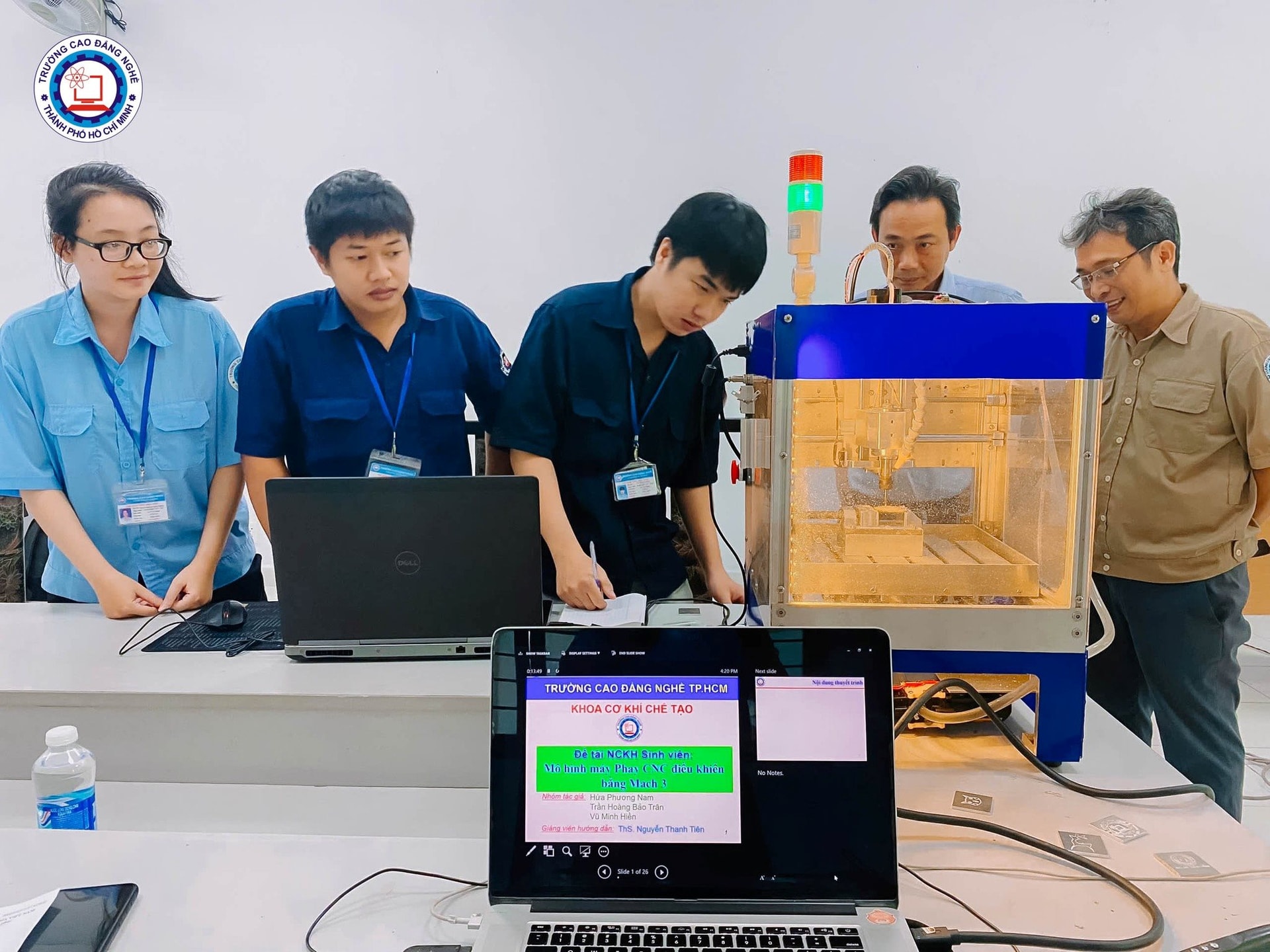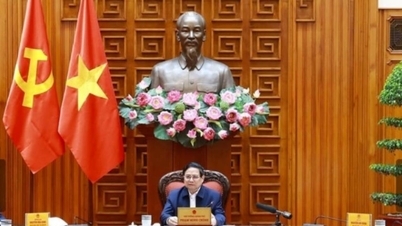Streaming after junior high school aims to orient future careers for learners. However, the past formalities have led to the opposite effect, which is increasing the pressure to enroll in grade 10 - especially in big cities. Many opinions say that to effectively implement the policy of streaming students after junior high school and high school, it requires synchronous implementation of solutions and cannot be "contracted" to education.

At the recent discussion session of the National Assembly on the socio-economic development plan, many delegates recognized that the work of directing students to vocational training after junior high school and high school still has many shortcomings. Mr. Nguyen Van Manh - Deputy Head of the National Assembly Delegation of Vinh Phuc province said that Decision 522 in 2018 of the Prime Minister on this matter sets a target of at least 40% of junior high school graduates to study vocational training by 2025. This creates great pressure on the entrance exams to grade 10. According to Mr. Manh, currently, about 15% of junior high school graduates drop out of school each year and do not have stable jobs. The quality of vocational training for this group is still low, the employment rate is not high. At the same time, the target of 45% of high school graduates to study vocational training is also not achieved because most of them want to go to university. From there, Mr. Manh proposed to reduce the rate of vocational training after junior high school so that students have equal rights to study in schools. This helps children develop comprehensively in thinking and physical strength, avoids putting pressure on society and reduces social evils due to children not being fully educated in a pedagogical environment.
Ms. Lo Thi Luyen - Deputy Head of the National Assembly Delegation of Dien Bien province commented that the stream of students after secondary school into vocational schools has not achieved the set goals. The survey and assessment of job market needs have not received due attention. Occupation codes and human resource training structures have not closely followed job and market needs. Most students and parents are confused and lack information when choosing a career. Some educational institutions implement extreme and rigid streaming, leading to low consensus from parents. Meanwhile, in disadvantaged areas, vocational schools are not attractive enough, and facilities are poor. Students also choose to stay home from school, get married early, have children early or are tempted to violate the law.
Based on the above situation, Ms. Luyen recommends that the Government, ministries and branches re-evaluate the Career Education Project and Student Orientation for the period 2018-2025 (Decision 522), as well as the arrangement and merger of vocational training centers, to achieve more efficiency in the coming time.
Minister of Education and Training Nguyen Kim Son said that the target of student streaming after junior high school and high school has been used as a basis for localities to build a public school system. However, in reality, the demand for high school education is higher than the capacity of the current school and class system, causing a lot of stress in the selection process. Students face great pressure to take the entrance exam to grade 10 of public high schools. After the implementation of Decision No. 522 of the Prime Minister approving the Project "Career education and orientation of student streaming in general education for the period 2018 - 2025", it is time to fully evaluate this issue.
Mr. Son also cited UNESCO's 10-year statistics, the rate of young people aged 15-24 studying vocational education levels in Vietnam has tended to increase in the region and is much higher than the average of East Asia and Southeast Asia; increasing from 5.2 - 9.2%; approximately equal to the average of Europe and North America, remaining stable at 17.0 - 17.9%.
Meanwhile, statistics from 2021-2023 of the Ministry of Education and Training show that the rate of university students aged 18-22 in Vietnam is from 22.9% to approximately 30%. This rate is only at the average level of middle-income countries and much lower than other countries in the region. For example: Thailand 34.8%, Singapore 54.9%, Germany 44.2%, UK 44.36% and the US approximately 46%, much lower than countries with high average incomes of nearly 37%. Thus, the traditional pyramid model of taking primary and secondary training as the basis is no longer suitable. The bottom level of vocational training is gradually approaching the university level as the standard. Therefore, according to Mr. Son, it is necessary to recalculate at the macro level the structure and perspective of vocational education and university education. The teacher-worker perspective in training high-quality human resources is also approaching each other, it is very difficult to distinguish between teachers and workers, especially in high-quality and key professions.
Regarding the content of removing difficulties for Vocational Education - Continuing Education Centers after the merger, the Minister of Education and Training admitted that this is a real problem and difficulty. Currently, the whole country has 92 centers under the management of the Department of Education and Training, 526 centers managed by the Department of Labor, Invalids and Social Affairs or the People's Committees of districts, towns. This shows that the issue of management and operation subjects is very diverse.
Source: https://daidoanket.vn/som-danh-gia-de-an-phan-luong-huong-nghiep-10293967.html



![[Photo] The parade took to the streets, walking among the arms of tens of thousands of people.](https://vphoto.vietnam.vn/thumb/1200x675/vietnam/resource/IMAGE/2025/4/30/180ec64521094c87bdb5a983ff1a30a4)

![[Photo] Chinese, Lao, and Cambodian troops participate in the parade to celebrate the 50th anniversary of the Liberation of the South and National Reunification Day](https://vphoto.vietnam.vn/thumb/1200x675/vietnam/resource/IMAGE/2025/4/30/30d2204b414549cfb5dc784544a72dee)

![[Photo] Cultural, sports and media bloc at the 50th Anniversary of Southern Liberation and National Reunification Day](https://vphoto.vietnam.vn/thumb/1200x675/vietnam/resource/IMAGE/2025/4/30/8a22f876e8d24890be2ae3d88c9b201c)












![[Video] Ho Chi Minh City to organize mock high school graduation exams at the end of May 2025](https://vphoto.vietnam.vn/thumb/402x226/vietnam/resource/IMAGE/2025/4/30/b62e7183fd9843449576840bea1d3836)











![[Photo] Performance of the Air Force Squadron at the 50th Anniversary of the Liberation of the South and National Reunification Day](https://vphoto.vietnam.vn/thumb/1200x675/vietnam/resource/IMAGE/2025/4/30/cb781ed625fc4774bb82982d31bead1e)



































































Comment (0)